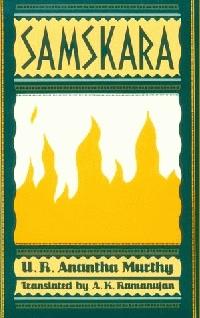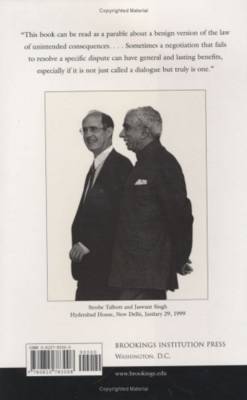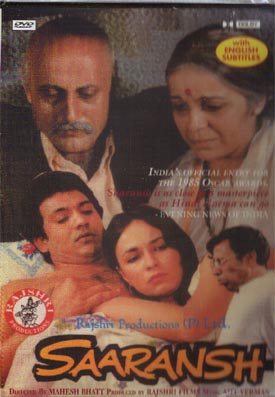Tuesday, July 20, 2004
Clay Lick
By Donald Brightsmith
Originally published in
Bird Talk Magazine October 2003
A clay lick is a place where birds or mammals come to eat soil. In the US these sites are usually known as salt licks. In Peru they are known by the Quechua word colpa often written collpa or ccollpa), which loosely translates to "salty earth."
Why should hundreds of birds come and eat soil from these special sites? There have been two main theories floating around about why parrots eat soil. The first says that the birds eat the soil to get minerals. Something like an avian daily vitamin pill. The other major theory is that they eat the soil to protect them from toxins in their diet. You may ask why the birds are eating toxic foods in the first place. Is it acid rain? Toxic fallout? Why should parrots eat toxic food? In reality it is totally natural it is just the lot that parrots have in life. It turns out that wild parrots eat mostly tree seeds. Many times they eat young seed before they get ripe. By eating the seed and killing it, they are not helping the plant at all. This is very different from the animals that eat fruit but carry the seed off and drop it unharmed. This is a vital help to the plant. So while fruits are made to be eaten, the seeds are not. A perfect example of this is the common apple. It has a sweet palatable fruit, but its seeds are protected by a sugar that contains toxic cyanide! As a result by eating seeds from hundreds of plants wild parrots are exposing themselves to a dizzying array of highly toxic substances every day (see People Parrots and plant toxins sidebar).
These theories were floating around for nearly a decade without much scientific investigation until a PhD student at the University of California at Davis, James Gilardi (now the director of the World Parrot Trust) came along and set his mind to trying to determine what was really going on. He found that the parrots prefer to eat soils with lots of clay. In particular the soils contain Kaolin clay, the very same ingredient that is found in the human stomach medicine Kaopectate! The very small clay particles have a negative charge and most of the toxic plant chemicals have a positive charge, a perfect match! He found that the soils did a great job of binding to toxic alkaloids (the family of chemicals that includes cocaine, opium and caffeine). These bound toxins then pass through the digestive system and are never absorbed into the blood of the birds. He also found evidence that the clay coats the inside of the digestive system and protects it from being "tanned" by the tannins and other toxic plant chemicals (See Plant toxin side bar).
Dr. Gilardi also tested the mineral concentrations of soils the birds ate and compared them to soils that they didn't eat. In this way he hoped to discover what minerals were important to the birds. Was it calcium the birds needed to make eggshells? Iron for the blood? Zink? No. In each case there were higher concentrations of nutrients in the soils the birds didn't eat. What about sodium? Sodium, the reason we love chips, French fries and all other salty foods, the mineral we all need to maintain the water balance in our bodies and hundreds of other uses? His evidence was not clear. He found that there was slightly higher sodium in the soils the birds ate but it may have been just by chance.
Originally published in
Bird Talk Magazine October 2003
A clay lick is a place where birds or mammals come to eat soil. In the US these sites are usually known as salt licks. In Peru they are known by the Quechua word colpa often written collpa or ccollpa), which loosely translates to "salty earth."
Why should hundreds of birds come and eat soil from these special sites? There have been two main theories floating around about why parrots eat soil. The first says that the birds eat the soil to get minerals. Something like an avian daily vitamin pill. The other major theory is that they eat the soil to protect them from toxins in their diet. You may ask why the birds are eating toxic foods in the first place. Is it acid rain? Toxic fallout? Why should parrots eat toxic food? In reality it is totally natural it is just the lot that parrots have in life. It turns out that wild parrots eat mostly tree seeds. Many times they eat young seed before they get ripe. By eating the seed and killing it, they are not helping the plant at all. This is very different from the animals that eat fruit but carry the seed off and drop it unharmed. This is a vital help to the plant. So while fruits are made to be eaten, the seeds are not. A perfect example of this is the common apple. It has a sweet palatable fruit, but its seeds are protected by a sugar that contains toxic cyanide! As a result by eating seeds from hundreds of plants wild parrots are exposing themselves to a dizzying array of highly toxic substances every day (see People Parrots and plant toxins sidebar).
These theories were floating around for nearly a decade without much scientific investigation until a PhD student at the University of California at Davis, James Gilardi (now the director of the World Parrot Trust) came along and set his mind to trying to determine what was really going on. He found that the parrots prefer to eat soils with lots of clay. In particular the soils contain Kaolin clay, the very same ingredient that is found in the human stomach medicine Kaopectate! The very small clay particles have a negative charge and most of the toxic plant chemicals have a positive charge, a perfect match! He found that the soils did a great job of binding to toxic alkaloids (the family of chemicals that includes cocaine, opium and caffeine). These bound toxins then pass through the digestive system and are never absorbed into the blood of the birds. He also found evidence that the clay coats the inside of the digestive system and protects it from being "tanned" by the tannins and other toxic plant chemicals (See Plant toxin side bar).
Dr. Gilardi also tested the mineral concentrations of soils the birds ate and compared them to soils that they didn't eat. In this way he hoped to discover what minerals were important to the birds. Was it calcium the birds needed to make eggshells? Iron for the blood? Zink? No. In each case there were higher concentrations of nutrients in the soils the birds didn't eat. What about sodium? Sodium, the reason we love chips, French fries and all other salty foods, the mineral we all need to maintain the water balance in our bodies and hundreds of other uses? His evidence was not clear. He found that there was slightly higher sodium in the soils the birds ate but it may have been just by chance.
Comments:
hairdresser meme lizard tape in hair extensions near me hair extensions superdrug hair dryer halo hair extensions reviews short hair real hair wigs uk raw indian temple hair vendors dark ash brown extensions blonde hair how to apply colorful hair extensions indian hairstyle for short hair full lace wigs balayage wavy hair curly hair extensions clip in human hair lace wigs
Post a Comment
<< Home
hairdresser meme lizard tape in hair extensions near me hair extensions superdrug hair dryer halo hair extensions reviews short hair real hair wigs uk raw indian temple hair vendors dark ash brown extensions blonde hair how to apply colorful hair extensions indian hairstyle for short hair full lace wigs balayage wavy hair curly hair extensions clip in human hair lace wigs
<< Home
















